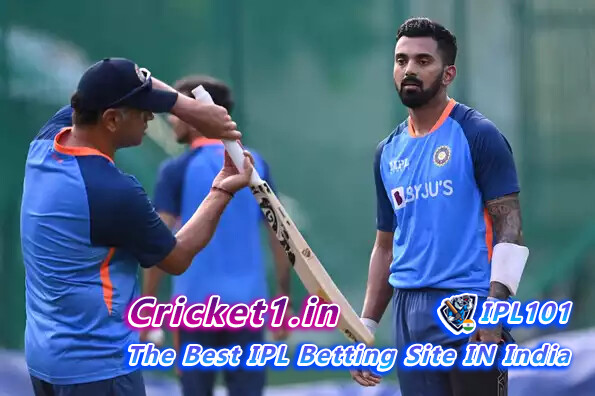
As the Indian cricket team boarded their flight on Tuesday night to South Africa, KL Rahul stepped into the role of captain for the one-day international (ODI) series, capturing the spotlight in what promises to be a transformative phase of his playing career. In addition to leadership, he will feature prominently in two Tests against the Proteas, signifying a major role adjustment from his former status as a leading opener to that of a middle-order batsman and wicketkeeper.
Although it might seem early to herald the dawn of a “KL Rahul 2.0,” unfolding events suggest that his prolific days as an opening batsman are tapering into history. The immediate future foreshadows an enhanced involvement with Rahul expected to don the gloves not only for the upcoming three ODIs but also within the Test arena.
Discussions swarming around the cricketing circuits point towards Rahul assuming the wicketkeeping mantle ahead of Ishan Kishan, who has been included in the 16-man squad. This is in extension of the role Rahul has been performing in ODIs for some time.
Following the engagements in South Africa, Rahul’s transition into the middle-order strata is set to draw considerable attention across several series including five Tests against England, and notably, during the prestigious Indian Premier League (IPL). In a marked shift from his last Test inning where he opened against Australia in New Delhi, Rahul now gears up for a deeper batting role.
The shift in his batting position is matched by a strategic alteration in his approach to the game. As Rahul embraces the wicketkeeping unit, a consequent middle-order batting place seems not just opportune but essential in the Test format. Additionally, he is fine-tuning his strike rate to mould himself into the middle-order in all formats of the game.
Rahul is also set to tweak his batting blueprint with the Lucknow Super Giants, his IPL franchise, transitioning from his accustomed opening slot to a middle-order strength. An insider hinting at Rahul’s strategy stated, “He wants to evolve himself as a middle-order batsman across formats and establish himself there.”
This intended transition comes with significant personal implications, considering Rahul has been the quintessential opener, doing so in 44 Tests, 23 ODIs, and 55 T20Is throughout his near-decade-long international career. But his resolve seems steadfast, fueled by laudable success as a middle-order batsman in ODIs, particularly in the Asia Cup and the recent World Cup where he amassed 452 runs in 10 games at an average over 75.
Confidence brimming from these achievements, Rahul has been in active conversation with team management, including captain Rohit Sharma and coach Rahul Dravid, as well as chief selector Ajit Agarkar. His ambition: to cement a versatile middle-order role across all cricketing formats, and reconfigure his presence in T20 Internationals, eyeing a potential return for the next Twenty20 World Cup.
In the IPL, considerations of Rahul’s foray into a middle-order position gain further complexity given the presence of established openers like Quinton de Kock, Kyle Mayers, and fresh talent Devdutt Padikkal in the Lucknow Super Giants. A collaborative dialogue over his batting role reassignment is therefore underway.
As Rahul departs the Indian shores to conquer new roles and responsibilities, the cricketing fraternity watches with keen interest. This expedition is not merely about leading a team or scoring runs; it is about the redefinition of a player’s identity, the embrace of new challenges, and the resilience to adapt and thrive in the ever-evolving landscape of international cricket.

